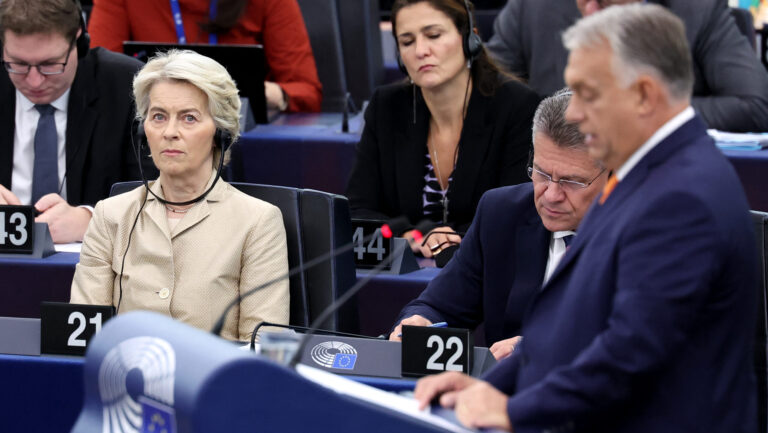In a major step toward decarbonizing air travel, the European Union has announced a subsidy programme supporting the purchase of 216 million litres of sustainable aviation fuel (SAF). The move is one of the most concrete efforts to date to push the airline industry toward greener operations.
According to Reuters, the initiative targets an amount equal to 15 per cent of global SAF production in 2023, and could significantly boost the currently sluggish market for green aviation fuels.
The funding comes from the EU’s Emissions Trading System (ETS), specifically from the sale of 20 million carbon permits earmarked for making air transport more sustainable. The revenue will help bridge the cost gap between conventional jet fuel and its environmentally friendlier alternatives.
Under the scheme, airlines could receive up to 6 euros per litre for synthetic e-fuels, and up to 0.5 euro per litre for bio-based fuels.
Despite their promise, SAFs remain prohibitively expensive—three to five times the cost of kerosene—and currently account for just 0.3 per cent of the global jet fuel supply. This has made EU sustainability targets appear unrealistic to many airlines, particularly as the sector devotes only 1–3 per cent of its revenues to SAF development, according to a recent BCG report.
SAFs come in two main forms: e-fuels, created from carbon and renewable energy, and biofuels, produced from agricultural waste and byproducts. Both significantly reduce emissions compared to traditional fuel and are considered essential for lowering aviation’s large carbon footprint—especially since zero-emission aircraft are not expected this decade.
Nevertheless, the EU remains committed to its green targets. From 2025, at least 2 per cent of fuel at EU airports must be SAF, rising to 6 per cent by 2030. Simultaneously, free carbon allowances for airlines are being phased out, increasing financial pressure to transition.
If the incentives succeed, they could mark a turning point. With real market demand emerging, SAF producers may finally shift from speculative planning to scaled-up, concrete supply.
Related articles:







